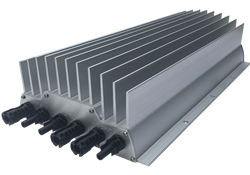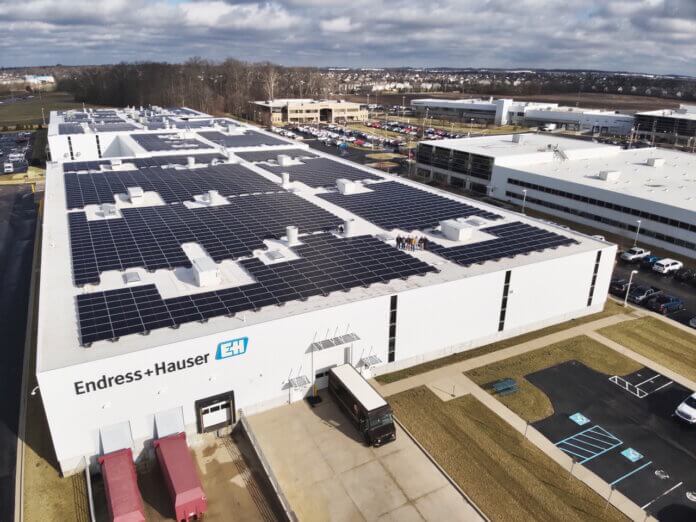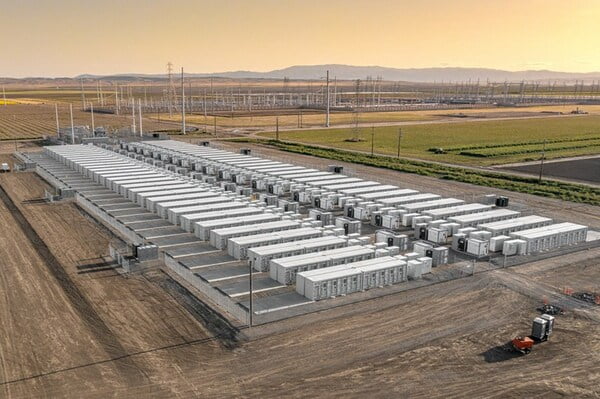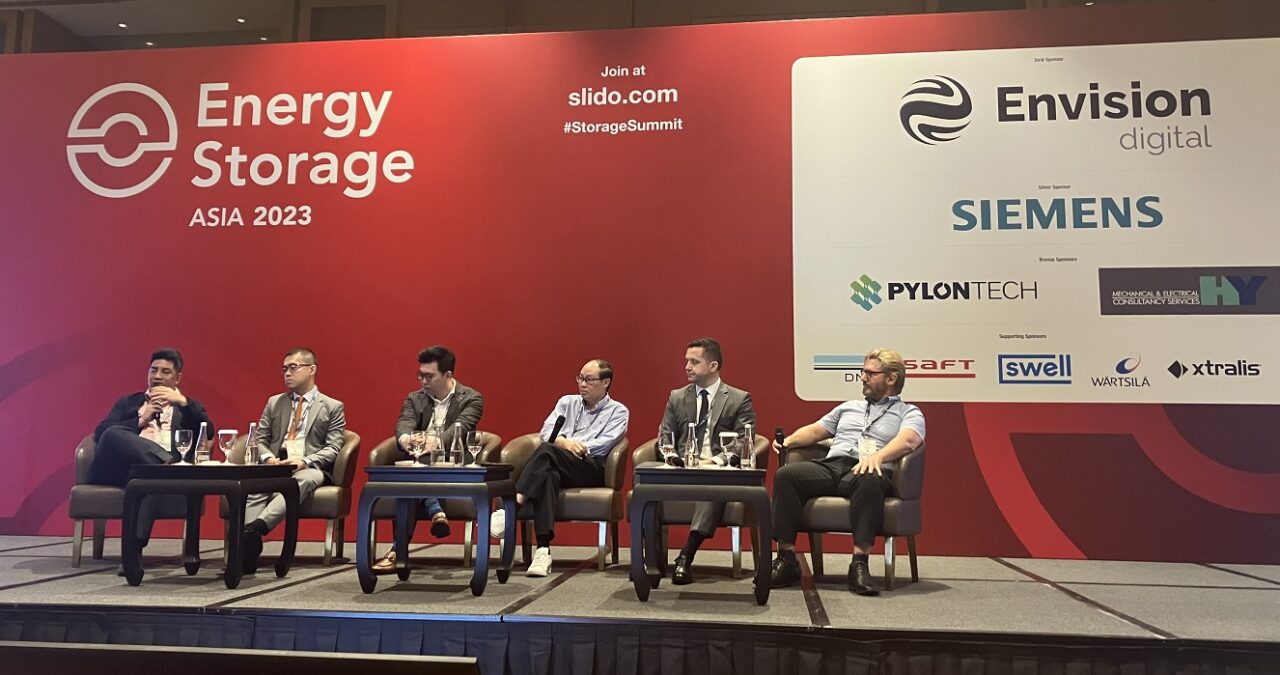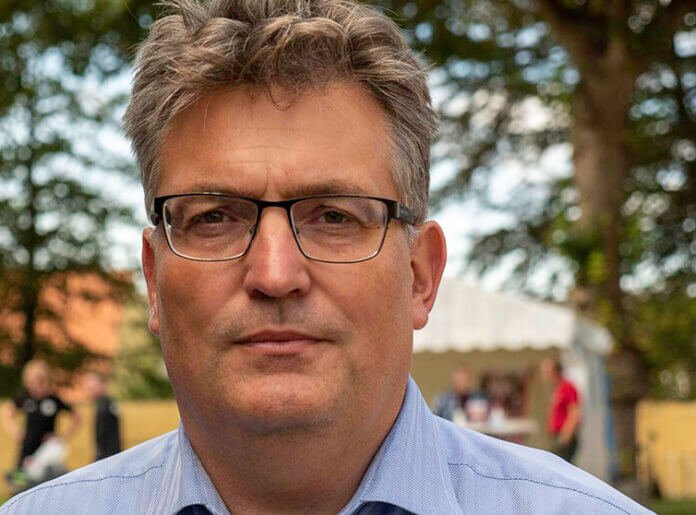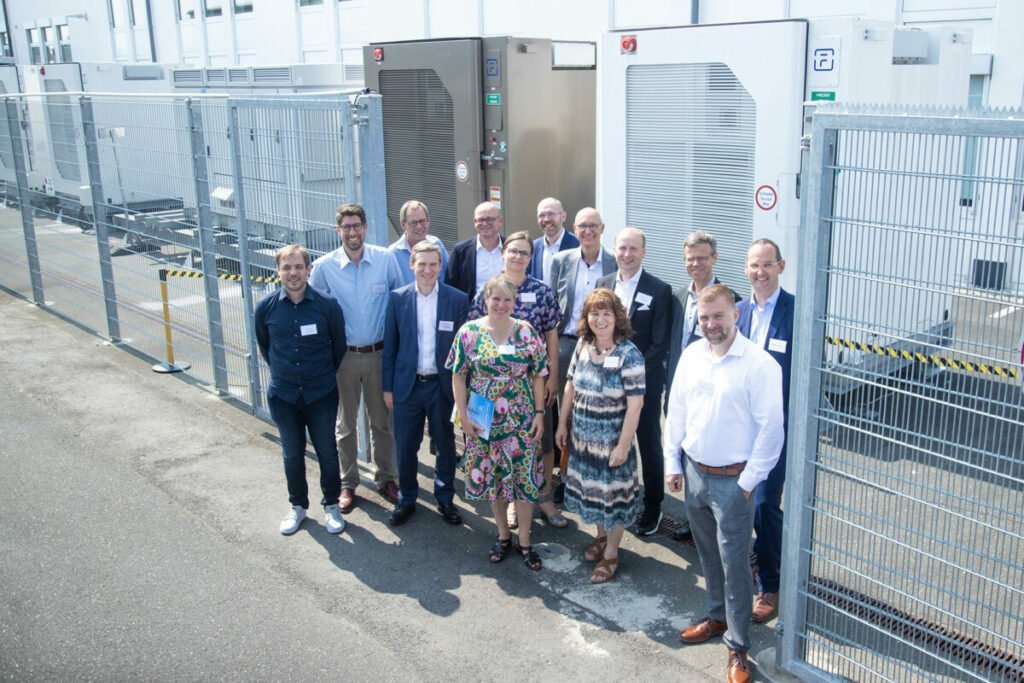‘Transferability’ brings in a new, more flexible way for investors to take advantage of tax credits for clean energy projects, including the investment tax credit (ITC) for standalone energy storage.
Previously, utilising an ITC required setting up a complicated tax equity joint venture (JV) partnership between the project’s developer and the tax equity buyer, normally a large bank. The developer would allocate the tax credits to the buyer in exchange for a cash equity investment by the buyer into the project’s JV to finance its development.
However, these partnerships are complicated and costly meaning only the largest financial institutions could put the work in for them, and smaller clean energy projects may not have been worth the effort involved. The tax equity partnership also meant developers did not initially own their projects and might later need to buy out the tax equity buyer.
The transferability provisions proposed in June would allow developers to simply monetise the tax credits by selling them for cash without the need for complicated JV tax equity structures. The simpler process should open up the pool of potential buyers of the tax credits substantially, since they would in theory not require in-depth knowledge and experience with tax equity transactions.
“Game changer for renewable energy development”
Mona Dajani, global head of Renewables and Energy & Infrastructure for law firm Shearman & Sterling, is adamant about how significant these new rules are.
“This really is a game changer for clean energy development. These new rules will pump a huge infusion of investment into renewable energy projects in the US. It will effectively liberalise and expand the renewable energy project finance pipeline by enabling developers to shop their tax credit among a broader market of prospective tax equity investors,” she said.
“This guidance from the Treasury clarifies which entities will be eligible for each credit and it spells out the process for claiming and receiving a direct pay or transferring credit,” Dajan said.
“By making these credits more transferable, we will be able to address the current limitations in the tax equity market, and it will make it much more easier for a broader array to participate in the clean energy transition.”
The new rules would also allow the sale of a single ITC from a single renewable energy project to multiple different parties on a pro-rata basis, Dajani added.
They also change the way an ITC’s value is calculated. Before, the ITC would be calculated based on the ‘fair market value’ of a project as per its transfer to the tax equity JV partnership, rather than the actual cost to build a project as it panned out. Under the new rules, the ITC’s value would be calculated based on the cost basis of the asset determined by the transferor (the developer selling the tax credits).
As previously written by Energy-Storage.news, new ‘direct pay’ (or ‘elective pay’) provisions will allow tax-exempt institutions to monetise available tax credits by receiving an equivalent cash payment directly from the IRS.
Direct pay will also apply to tax-paying businesses for three specific tax credits: Advanced Manufacturing (45X), Carbon Oxide Sequestration (45Q), and Clean Hydrogen (45V).
So, gigafactories and other manufacturing facilities for clean energy technology can receive direct payments from the government for the products they produce under tax credit 45X. How much it pays for different technologies is spelt out on this page from the US government. Turkish firm Pomega expects nearly US$1 billion from the tax credit over the next decade for its lithium-ion gigafactory in South Carolina.
Dajani agreed this was hugely significant and could “revolutionise manufacturing in the US by really giving it a competitive advantage”.
One thing almost all industry sources Energy-Storage.news has asked about the new ITC for standalone storage have said is that the tax equity community will take time to become comfortable with the technology, which is relatively new compared to wind or solar and typically has less contracted revenue.
The mass of new projects paired with this lack of familiarity – not helped by the collapse of one of the US’ largest tax equity buyers Silicon Valley Bank – could mean an increase in the mismatch between the supply and demand of tax credits for storage, some said.
However, Dajani said that while it’s still early days for standalone there has been a “tremendous uptick” in interest, and her team is working on 15-20 utility-scale tax equity deals for standalone energy storage.
“There’s a lot of interest in the space, from both the traditional tax equity players as well as new players come in. We’ve structured energy storage deals before but they were not regular, however now, they are pretty regular for me and my team.”
Still some grey areas and new transferability registration process
“This guidance is really helpful, a big step in the right direction, though it’s not crystal clear on some parts,” Dajani said.
A significant new development is the formation of a new registration process for clean energy projects as part of transferability. Any project will need to be registered on the portal in order to be transferred, because each project will have a unique registration number, but it’s not yet known when the registration will be fully up and running.
And once it is, it’s not clear how long it will take the IRS to process applications, as it could be administrative in nature of a more fulsome review, she added. Deals being worked on now will need the system up and running before going ahead.
Dajani also spoke about the other major new components of the ITC for clean energy projects which the IRS provided additional information on, the domestic content 10% adder, for an article which we published last week.
Continue reading

